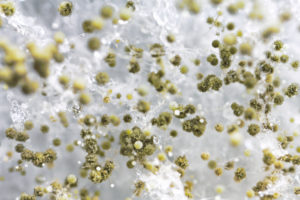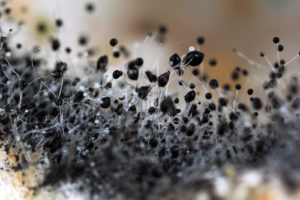NYC Mold Removal – Is Mold Abatement Mold Removal?

What IS the Difference Between Mold Abatement and Mold Removal? Read On.
If you’ve been researching ways to get rid of mold, you’ve probably come across several industry terms such as mold abatement and mold remediation. In practice, your NYC mold removal service should use a variety of tactics to kill mold, remove it from the property, and encapsulate it to prevent regrowth.
The Difference Between Mold Abatement and Mold Removal
People use the various terms for mold treatment interchangeably at times. Here’s how our NYC mold removal experts would define each one:
– Mold abatement refers to any complete solution that removes mold and/or prevents it from growing on surfaces and affecting air quality.
– Mold removal is the component of treatment that involves killing mold with antimicrobial solutions and safely removing it from the area without disturbing spores.
In other words, a complete and effective mold treatment involves more than just mold removal. Mold abatement might include encapsulating surfaces so dormant mold spores cannot grow back months or years later, as well as dehumidifiers to prevent a mold infestation from coming back.
You may also hear the phrase mold remediation, which is the old term for practices that were borrowed from lead and asbestos removal. Traditional mold remediation involves drastic measures of mold removal, such as tearing out drywall.
NYC Mold Removal for a More Permanent Solution
Do you want more than a band-aid solution for mold? Make sure to choose a mold removal company with a multi-pronged approach. Stern Mold uses advanced mold abatement methods including a polymer sealant to block mold growth instead of ripping out walls.
Contact us for a free inspection and get non-invasive, more affordable NYC mold removal with a guarantee.




